Types of wood for furniture
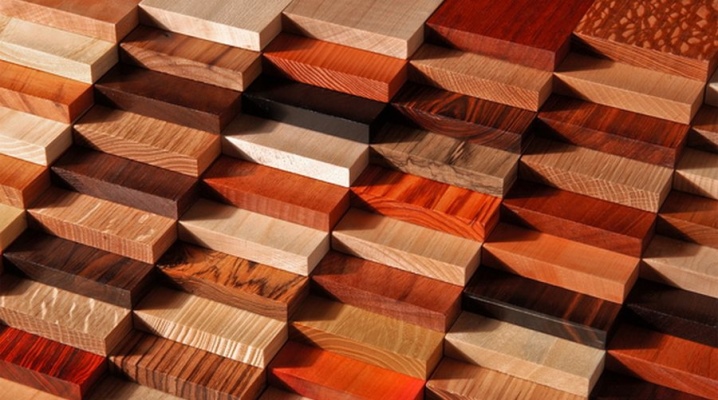
Choosing furniture that will serve you for many years and at the same time will meet all the aesthetic requirements is not so easy. It is very important to take into account the material's mechanical strength, moisture resistance, color, texture and of course budgetary possibilities. In our review, we will try to tell you more about the intricacies of choosing natural wood to create furniture.
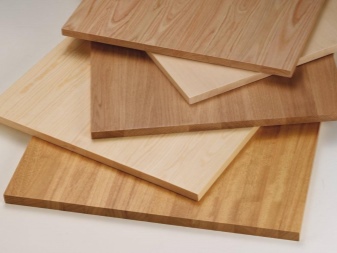

Peculiarities
When choosing lumber for the manufacture of furniture, most users make a common mistake - they focus only on the decorative component, forgetting that this material has hardness, porosity and moisture resistance.
You need to know that timber can be hard and dense - they are distinguished by high operational characteristics, but it is very difficult to process such timber.
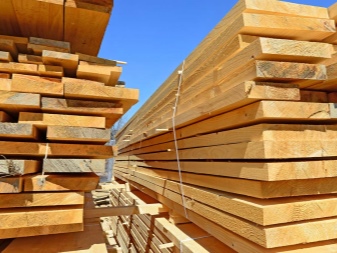

For example, workpieces from exotic species can be processed only on special equipment that will allow you to make a smooth cut, chamfers, smooth corners and perform high-quality finishing. At the same time, the choice of easy-to-handle wood species cannot be called successful. Only one-day furniture comes out of such raw materials, which after several seasons takes on a shabby look.
Besides strength, special attention should be paid to water resistance, since hard and durable wood does not necessarily have to be water resistant. For example, dense beech behaves very moody in humid conditions, and water-resistant teak is considered a soft tree.
The so-called thermowood, which has recently appeared on the market, will be the optimal compromise. It is obtained by exposing logging to a high temperature of 200-300 degrees, such products become both waterproof and durable at the same time.
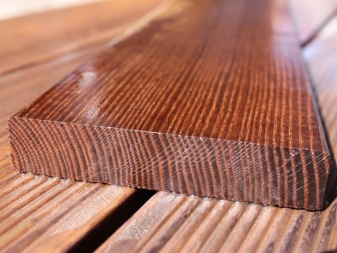
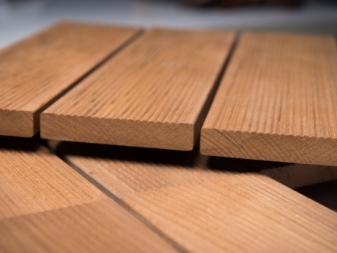
The choice of wood for creating furniture is always individual. There is no unequivocal answer to the question of which wood is better - each species is optimal in certain conditions. That is why it is worth considering in more detail the features of using different types of wood.

Breeds
Among the variety of wood species, the most popular are pine, oak, ash, as well as beech, larch and birch.
These materials stand out for their physical and aesthetic properties, which is why they are often used in the manufacture of furniture.
Each of them has its own parameters of strength, rigidity, resistance to moisture and ultraviolet radiation.

Pine
This wood has a pale structure with a contrasting pattern of annual layers, which is why the material is popular when furnishing rooms in country, Provence, ethno and even modern loft designs.
Such lumber will be the best choice for the production of kitchen facades.


The breed has a brown core, the sapwood is lighter, the annual rings are located centrically. As the wood matures, the intensity of the shades increases, and thus the cost of raw materials in general increases. Pine reacts well to staining. Timber tinted in shades of hot chocolate and other noble colors of brown look especially impressive. But it is not worth covering the pine with light paints, because over time, oil stains begin to appear on it.
The breed can be easily machined, and the increased resinity gives it resistance to moisture, has an antimicrobial and antiparasitic effect. The density of pine is low - only 0.52 g / cm3. That's why for work, cutting and dining tables, as well as armchairs and sofas, it is better to use other wood.
Cracks, chips and other deformations often appear on pine with frequent mechanical stress.
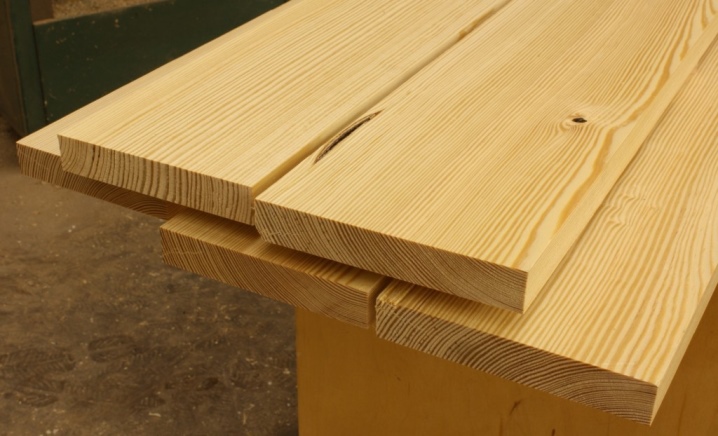
Birch
This is a tree with light wood, in which the line between the heartwood and sapwood is almost invisible. The value of this species increases as the tree matures, when the contours of the annual layers become clearer. Due to its pale yellow color, this tree can be coated with colors of various shades.
When creating pieces of furniture, birch is often used in combination with more textured materials, for example, with oak.
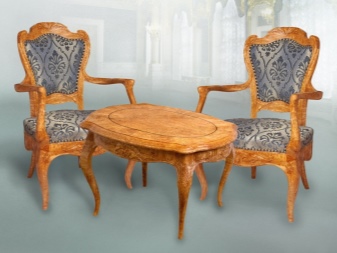

The average density of birch wood is 0.65 g / cm3. The material withstands high centric loads, therefore the breed can be used in those areas where the furniture is constantly under high pressure. At the same time, birch lends itself to carving and modeling.
The disadvantages of lumber include exposure to pests. Besides, it absorbs moisture well and needs additional coating with protective compounds. Birch furniture is paintable.
It is usually painted in light colors to furnish rooms in a classic decor dominated by monotonous designs.
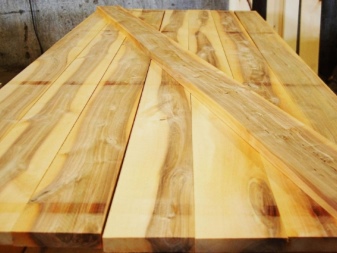
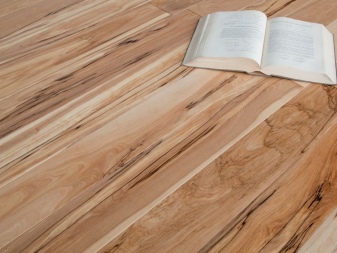
Ash
The texture is very effective - the variegated layers in it are decoratively framed by silky fibers. Depending on the habitat of the tree, the shade range varies from pale yellow to pinkish shades. Such solutions are in great demand in modern furniture production.
The density of ash is comparable to that of birch and is 0.64-0.68 g / cm3.
The material has high impact strength and good flexibility - this allows the use of wood in the manufacture of curved pieces of furniture, as well as fruit baskets and pots. Ash sawn timber conducts heat well, so they are often used to make furniture for arranging children's and sleeping quarters.
Among the shortcomings of the material, the susceptibility to the action of insects and the complexity of polishing are distinguished.


Oak
This wood is famous for its expressive texture, smooth ornaments and curved annual rings. The tint palette includes both light and dark colors. The material lends itself well to painting and machining. The density of the material is very high - 0.69 g / cm3.
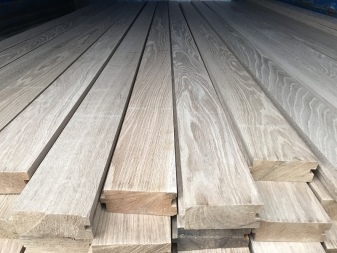

Wood is resistant to temperatures, water and insect pests, therefore, with proper care, such furniture will stand for centuries.
This material is widespread in the creation of outdoor furniture, and is also used in construction. However, the cost of such products has been and remains one of the most expensive on the market.

Beech
Just like oak, beech has clearly visible annual layers, which makes the material look very decorative. The wood is usually light, as it gets older it acquires a light brown tint with a slight reddish tint.... The strength of beech is 0.68 g / cm3.

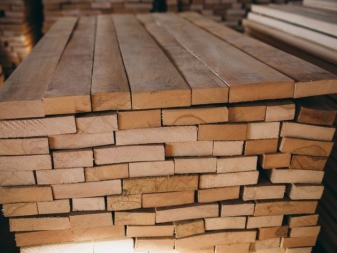
It is a versatile material with exceptional performance and increased resistance to external stress. Beech has only one drawback - low resistance to moisture.
Such furniture is not recommended for use in the kitchen, saunas, swimming pools and other rooms with high humidity.


Larch
The most widespread breed in the world, its wood is distinguished by an exquisite pattern, where annual layers compactly and evenly set off a light textured base. Larch is especially valued for its yellowish-red color with an amber tint.
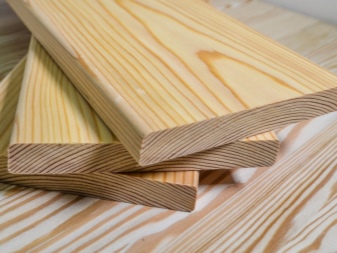

Larch strength - 0.67 g / cm3. Of the minuses, one can note a high resin content, which significantly complicates the processing of materials and causes damage to tools.But the flexibility of the material allows you to make the most bent and carved elements from it.
Larch is resistant to moisture and temperature fluctuations.
The material is almost not subject to deformation, because larch furniture retains its original appearance for several decades.


Walnut
It is usually used for the production of veneer, which later goes to the finishing of softer wood species. It has a piercing dark brown color that fits perfectly into classic interiors. It is solid wood, but it is nevertheless easy and simple to work with. Curly elements can be cut out of lumber, and paint on such a basis lasts for a long time without peeling or cracking.
Walnut furniture is relevant in the living room and dining room. It is from this material that typefaces are created, which are then passed on to their descendants by inheritance.


Alder
Wood with high parameters of moisture resistance, the material is well processed and polished. However, when it comes into contact with concrete and metal, it darkens, so most often alder is painted. Alder has become widespread in the manufacture of furniture facades.
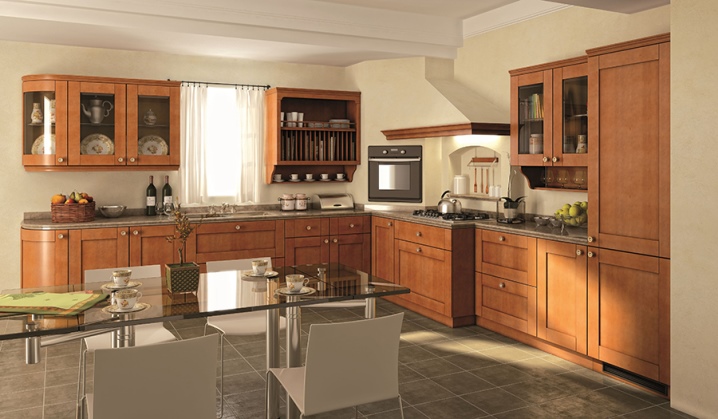
Design
Texture
Each type of wood has its own texture:
- with a weak image;
- with a picture in the form of rings;
- with an image in the form of stripes of various widths and lengths.

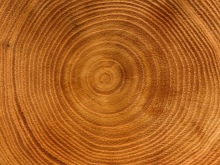

The external data of the material directly depends on the procurement technique. So, with a tangential cut, all stripes and bends are clearly visible, with a radial cut, the pattern is almost not prominent on the surface.
For the arrangement of classic interiors, it is better to give preference to material with a homogeneous texture.
In modern rooms, wood ornaments will look good against the background of monochromatic neutral walls.


Colour
When choosing a material for creating furniture, the color scheme is of no small importance. It should be borne in mind that dark colors visually reduce the space - such furniture can be used exclusively in large rooms, for little ones, preference should be given to light colors.
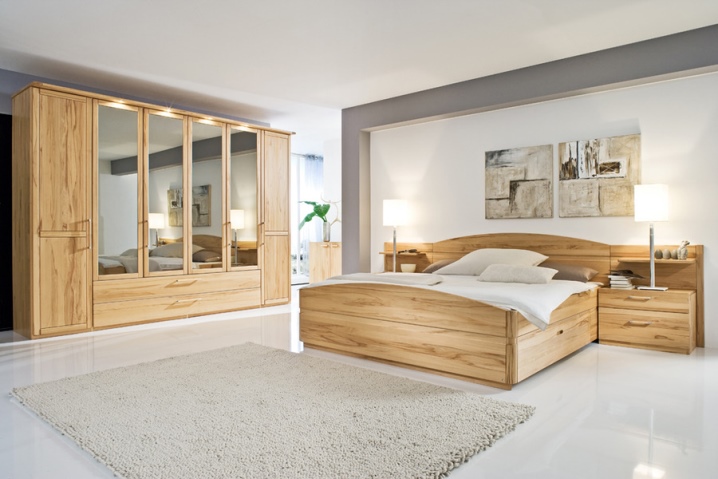
Dark red and chocolate tones are harmoniously combined with white walls, filling the living space with coziness, creating a warm atmosphere.
The wood of wenge, cherry, kempas, as well as amaranth and walnut has a rich dark color.
Soft light shades create a harmonious contrast to the bright decor of the simulated room. These species include ash, pine, oak, birch, maple, beech and alder.
If the space does not have enough illumination, then pastel-colored furniture will be a good solution - they bring the effect of the presence of the sun's rays into the room. In this case, it is best to pick up items from cedar, alder and teak.

Selection criteria
When choosing furniture, you should take into account the wear resistance of the material, strength, strength, elasticity and resistance to moisture. So, furniture made of dense varieties has a longer service life, and soft furniture is more susceptible to external mechanical influences. Sturdy furniture is best used in the kitchen - maple, acacia, yew, as well as boxwood, dogwood and merbau are appropriate here.




The living room has enough material of moderate hardness - oak, beech, walnut or cherry. In the bedroom and nursery, it is advisable to equip a recreation area from a pine massif. Garden furniture is usually made from moisture resistant acacia, oak and teak.

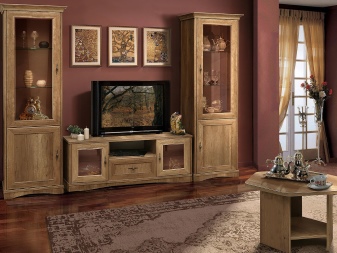















The comment was sent successfully.